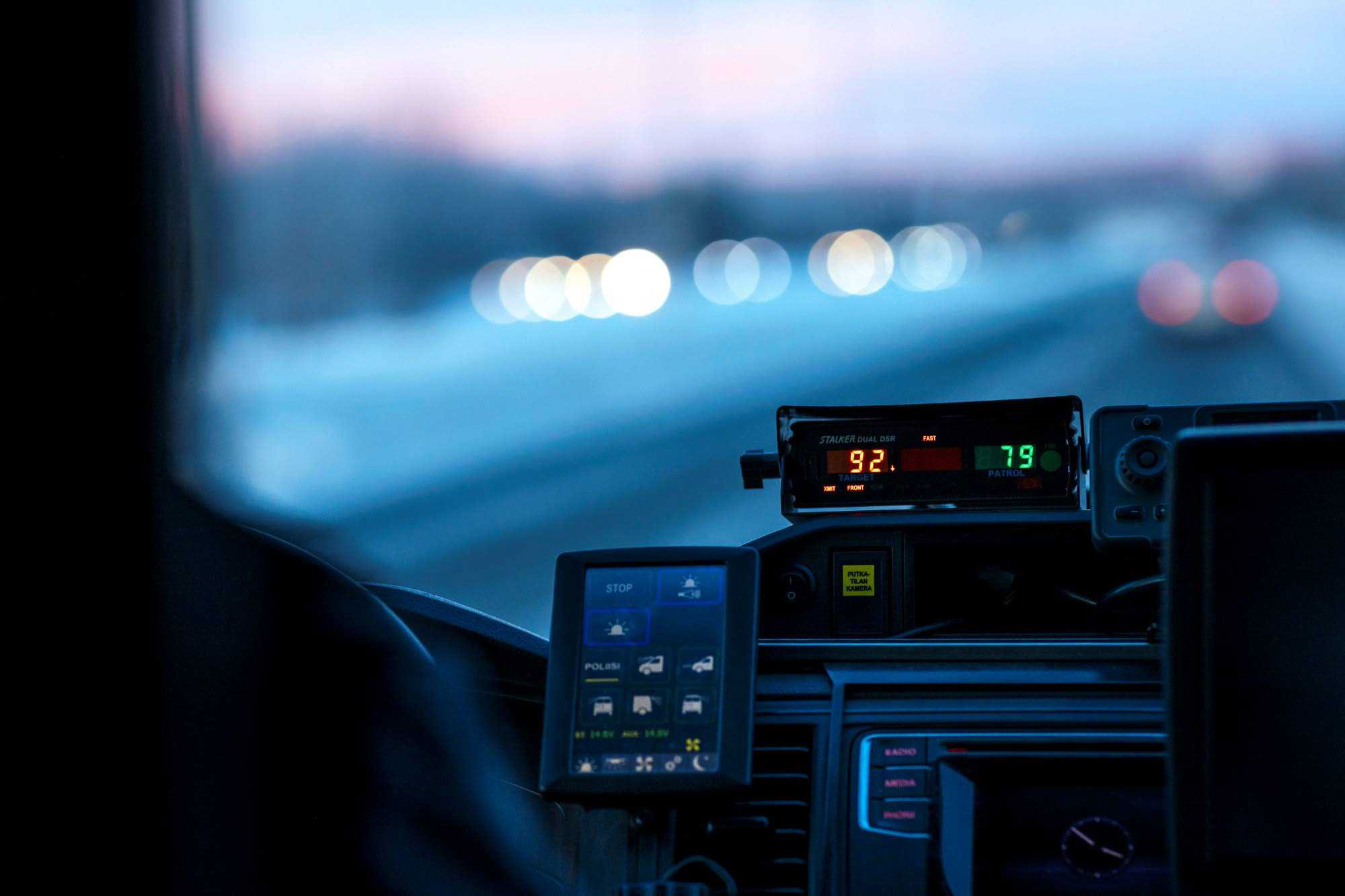Traffic penalty fee
A traffic penalty fee is an administrative monetary penalty issued for petty traffic offences, such as exceeding the speed limit by no more than 20 km/h. A traffic penalty fee can also be issued for the use of mobile phone during driving or not wearing a seatbelt, for example.
Vehicle-specific traffic penalty fee
A vehicle-specific traffic penalty is issued for a traffic offence detected in automatic traffic surveillance and it is based on holder’s liability. That means that a vehicle-specific traffic penalty fee is sent to the registered owner, holder, or the person in charge of use of the vehicle without first finding out who was actually driving the vehicle. However, the registered owner or holder of the vehicle is free from liability if they provide sufficient evidence that they did not commit the offence. The person in charge of use of the vehicle is free from liability if they report who was using the vehicle at the time of the offence or that the vehicle or its registration plate has been stolen.
A vehicle-specific traffic penalty fee is sent to the party as standard delivery, that is either as a Suomi.fi message or a regular letter within 30 days of the date of the offence. In order to get free from liability, the party must request an administrative review to the decision on the traffic penalty fee within 30 days from receiving the decision.
Requesting an administrative review of a traffic penalty fee decision
You can request an administrative review of a traffic penalty fee decision through the police’s online services. You can also fill out the form attached to the traffic penalty fee decision and return it to the Police Traffic Safety Centre by post or e-mail. You must submit the request for an administrative review in writing within 30 days from receipt of the traffic penalty fee decision or it will be ruled inadmissible. In the request, you must state what kind of amendment you seek and the grounds for requesting a review.
If you request an administrative review of the decision, the traffic penalty fee must not be paid before the matter has been resolved. When your request has been considered, you will receive a written decision on the request for an administrative review. If you are unhappy with the decision, you can submit an appeal against it to the competent administrative court according to the instructions for requesting a judicial review that are attached to the decision.
Regular traffic penalty fee
If a vehicle-specific traffic penalty fee is rescinded during an administrative review or if no vehicle-specific traffic penalty fee could be issued to begin with, a traffic penalty fee matter can be considered in regular traffic penalty fee procedure.
The driver reported in a request for an administrative review or identified in some other way is provided with an opportunity to be heard, after which they will be issued a traffic penalty fee of their own with new payment information. A regular traffic penalty fee issued to the driver is delivered as a verifiable service, which means either a Suomi.fi message requiring a confirmation a receipt or a letter with advice of delivery. If the party tries to avoid service, service by publication can also be used to serve the traffic penalty fee decision.
Traffic penalty fees issued in automatic traffic surveillance
- Exceeding the speed limit by no more than 10 km/h in an area where the speed limit is 20–60 km/h: EUR 100
- Exceeding the speed limit by 11–15 km/h in an area where the speed limit is 20–60 km/h: EUR 170
- Exceeding the speed limit by 16–20 km/h in an area where the speed limit is 20–60 km/h: EUR 200
- Exceeding the speed limit by no more than 10 km/h in an area where the speed limit is 70–120 km/h: EUR 70
- Exceeding the speed limit by 11–15 km/h in an area where the speed limit is 70–120 km/h: EUR 140
- Exceeding the speed limit by 16–20 km/h in an area where the speed limit is 70–120 km/h: EUR 170
- Failure to observe a prohibitory sign: EUR 100
- A non-criminal failure to observe a red traffic light: EUR 100
- Holding a communications device in your hand during driving: EUR 100
- Not wearing a seatbelt: EUR 70
Increased traffic penalty fee
If the driver is guilty of two or more traffic offences at the same time, one traffic penalty fee is issued for them all. The amount of the traffic penalty fee is determined so that the traffic penalty fee issued for the most serious offence, that is the most severe traffic penalty fee, is increased by EUR 40.
For example, a traffic penalty fee of EUR 70 is issued for driving without wearing a seatbelt. Using a mobile phone during driving so that you hold it in your hand can lead to a traffic penalty fee of EUR 100. If you drive 59 km/h in an area where the speed limit is 40 km/h, you will be issued a traffic penalty fee of EUR 200. Out of these three offences, the severest traffic penalty fee would be issued for speeding. If you are found guilty of all three offences at the same time, you will be issued a traffic penalty fee of EUR 200, plus an increase of EUR 40. Thus, the total sum you will have to pay is EUR 240.
Traffic penalty fees and driving bans
Traffic penalty fees issued for the pettiest traffic offences do not affect your right to drive. If you receive a traffic penalty fee decision for an offence that someone else has committed using your car, you can just give it to the actual driver for payment without requesting an administrative review of the decision.
If you don’t request an administrative review, it is your responsibility to make sure the traffic penalty fee will be paid. By the right of regress granted by section 179 of the Road Traffic Act, the owner or holder of the vehicle who has paid the traffic penalty fee has a right to the fee from the driver who committed the offence unless the payment has been returned. That means you can also pay the traffic penalty fee yourself and then charge it from the driver – even by going to court, if necessary.
Traffic offences detected in automatic traffic surveillance that do not affect your right to drive include
- exceeding the speed limit by no more than 10 km/h in an area where the speed limit is 20–60 km/h
- exceeding the speed limit by no more than 15 km/h in an area where the speed limit is 70–120 km/h
- failure to observe a prohibitory sign
- not wearing a seatbelt.
Some of the traffic penalty fees will affect your right to drive. A driving ban based on repeated offences can be imposed on the driver if they have committed three traffic offences affecting the right to drive within one year or four within two years. If the driver has held a driving licence for less than two years, the limit for assessing their right to drive is two offences within one year or three offences within two years.
Offences affecting the right to drive include
- exceeding the speed limit by more than 10 km/h in an area where the speed limit is 20–60 km/h
- exceeding the speed limit by more than 15 km/h in an area where the speed limit is 70–120 km/h
- failure to observe a red traffic light
- holding a communications device in your hand during driving
- offence regarding transport of dangerous goods.
It is always stated in the traffic penalty fee decision whether the offence in question will affect your right to drive or not. If the offence affects the right to drive, it will be recorded in the Transport Register under the name of the person who received the traffic penalty fee. It is recommended to always make a request for an administrative review if you get a vehicle-specific traffic penalty fee for an offence you did not commit yourself.
Traffic crimes
Traffic crimes punishable with day fines include exceeding the speed limit by more than 20 km/h, failure to observe the red traffic light in a way that causes a traffic hazard, and operating a vehicle without a licence. The amount of a day-fine is determined according to the driver’s income.
The processing of traffic crimes detected through automatic traffic surveillance is subject to the same legal provisions as other road traffic crimes. Before conducting a pre-trial investigation, the police send a letter to the registered owner, holder, or person in charge of use of the vehicle, requesting the identity of the driver photographed with a traffic safety camera. The letter states that there is a photo of the incident. If no answer is provided even after a reminder, the police will proceed with the investigation through other methods.
Once the drive has been identified, Traffic Safety Centre will transfer the rest of the proceedings to the driver’s local police department. Usually, the driver is summoned to a police station, where the fine matter will be processed and the fine is served personally. Electronic service can also be used, if the driver consents to it.
If the suspect does not consent to fine procedure or if the crime is such that fine procedure cannot be applied, the case will be transferred to the prosecutor for consideration of charges once the pre-trial investigation has been concluded.

